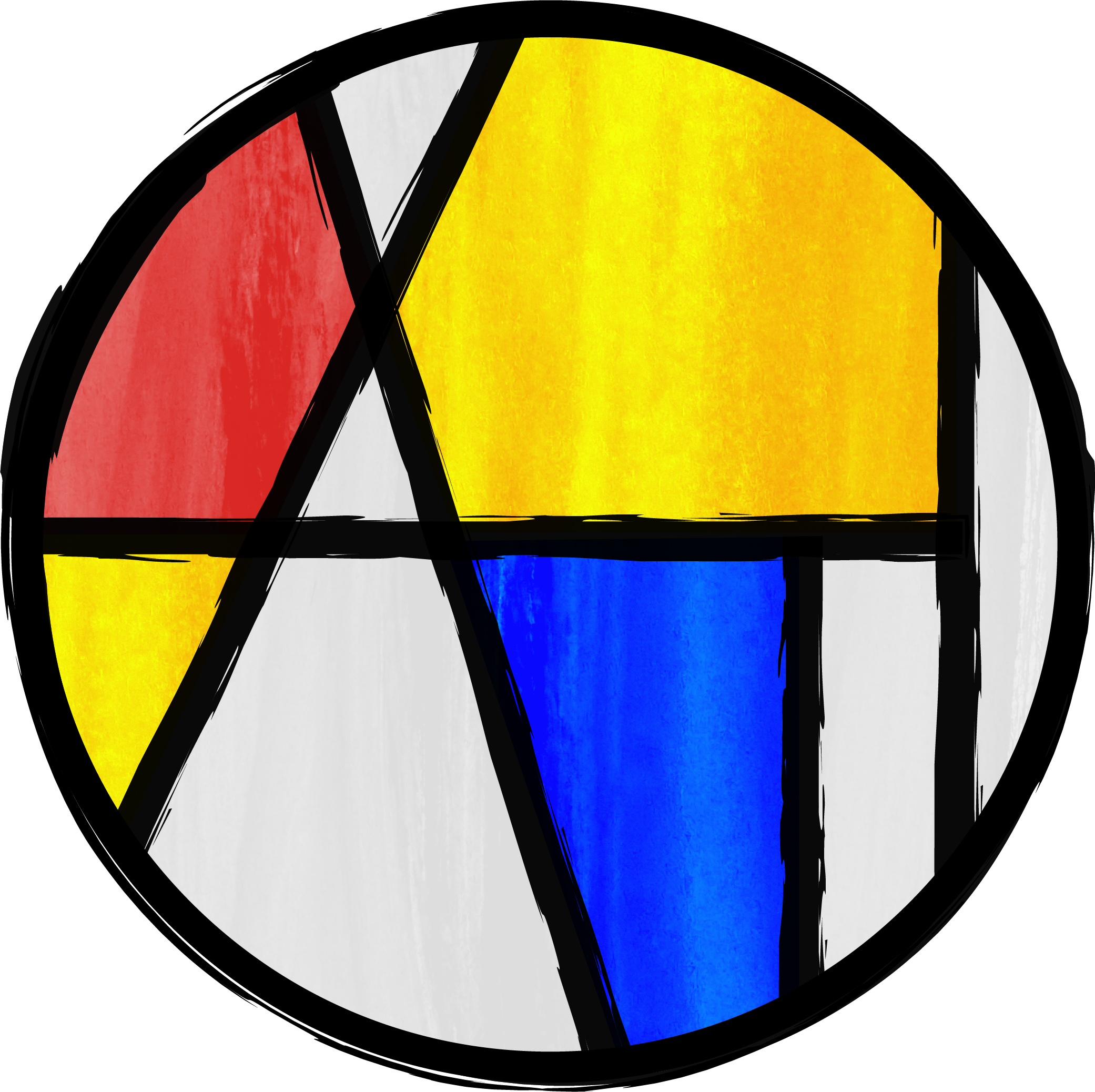A graphic design assignment that encouraged the exploration of the capabilities of Photoshop; this self-portrait was an attempt at visual composition early in my university design program. Reflecting on my process and the limited education I had in the realm of art history, analysis, and symbolism at the time I completed this piece, I find that this is the first time I’ve been able to appreciate the value of the beginner’s mindset when it comes to my own work. This piece was based solely on introspection and gut feeling, and what my past self lacked in terms of skill and education was made up for with ambitious commitment to the experimentation and ideation skills I was developing through my industrial design work.

Asset Collection
After selecting my final base composition from an assortment of photographs taken in my apartment, I compiled a library of source images to use in my final portrait—both from the internet and my own photo albums. At the time I was working on this project, I had yet to develop my appreciation for, and commitment to, the documentation of source materials. Upon revisiting this composition for inclusion in this portfolio, and desiring to present the original unedited images to better illustrate my process, I strove to find each image’s initial source and archive them for continued reference.

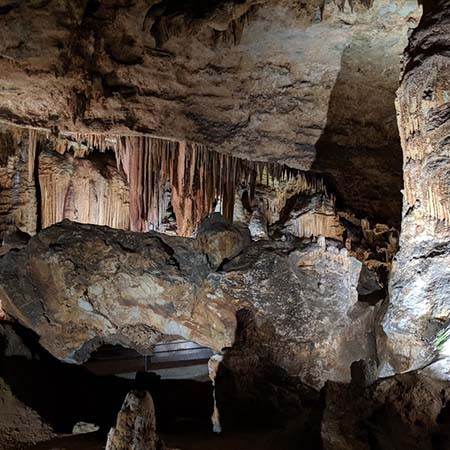
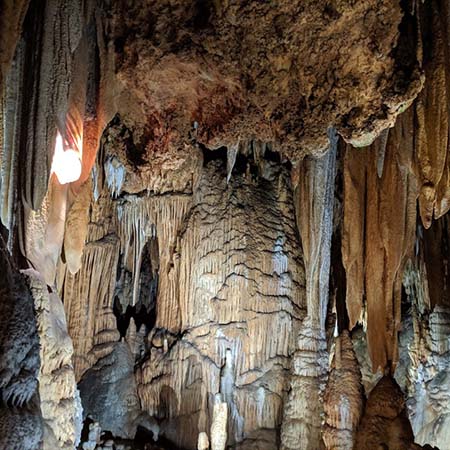
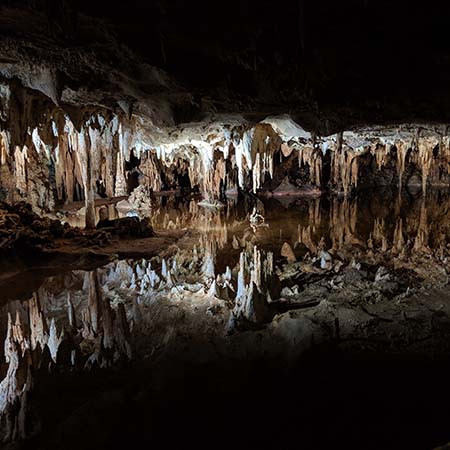
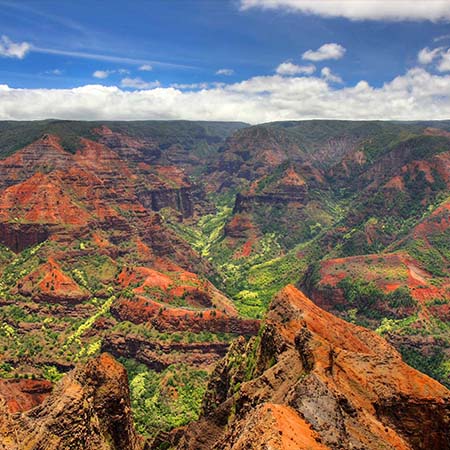
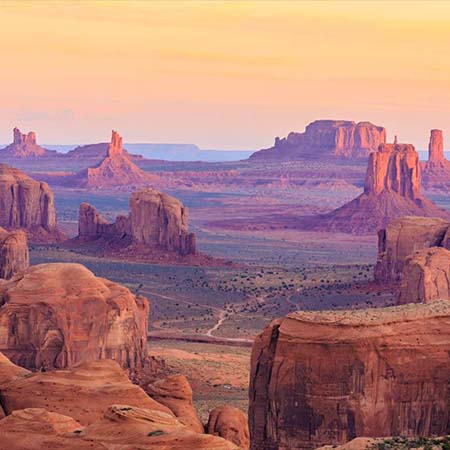
{a} BASE PHOTO
{b} LURAY 1
{c} LURAY 2
{d} LURAY 3
{1} WAIMEA CANYON
{2} HUNTS MESA
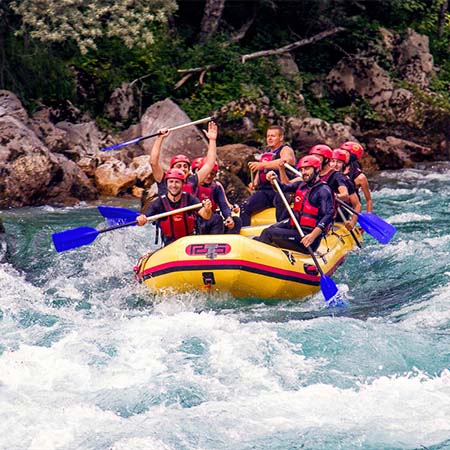
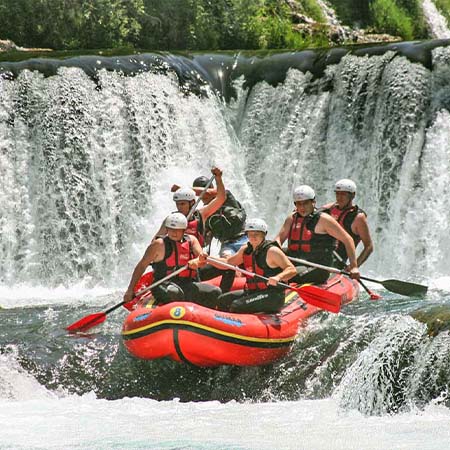

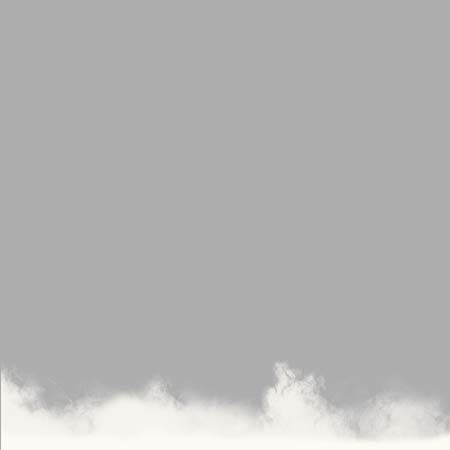
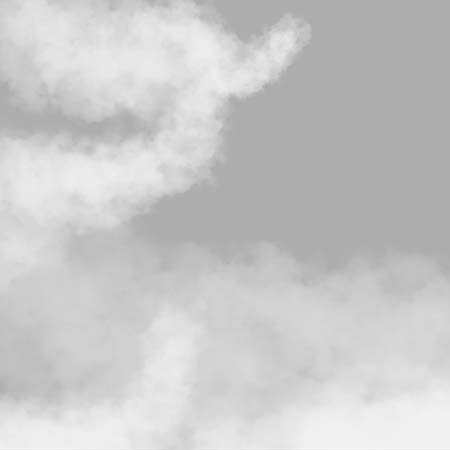
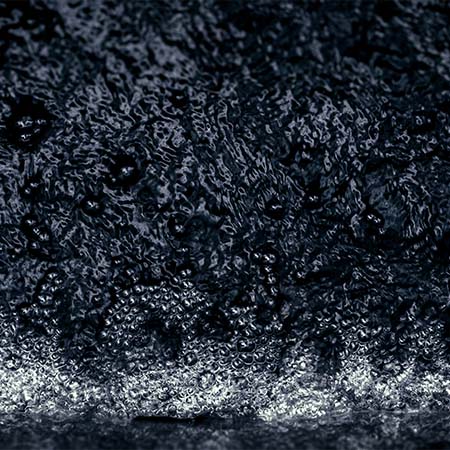
{3} RAPIDS 1
{4} RAPIDS 2
{5} WATERFALL
{6} STEAM 1
{7} STEAM 2
{8} BUBBLES
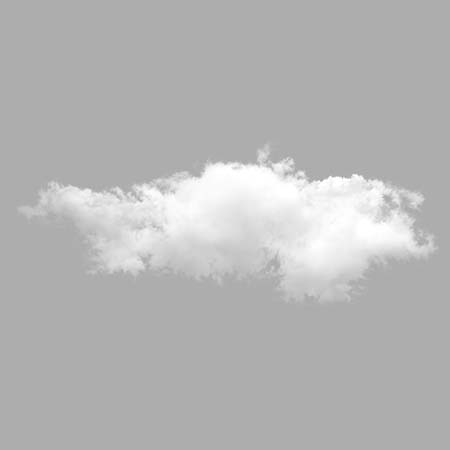
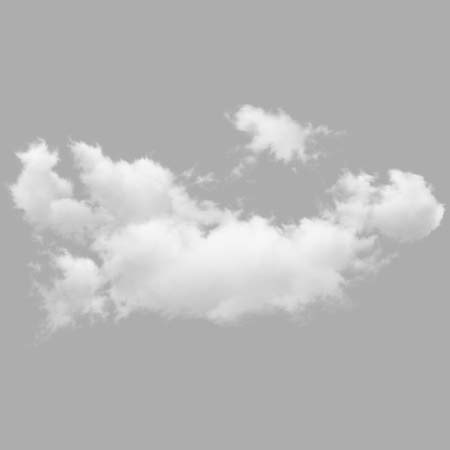

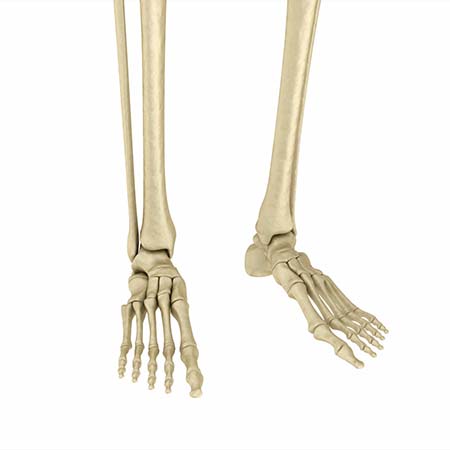
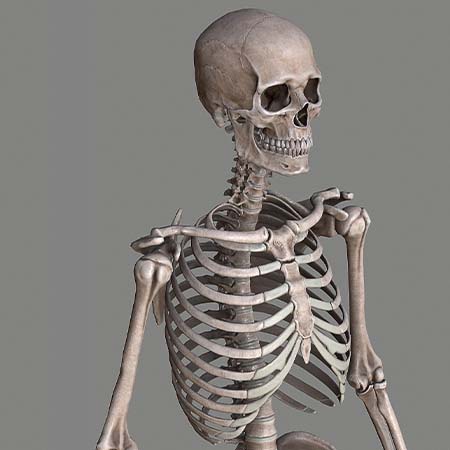
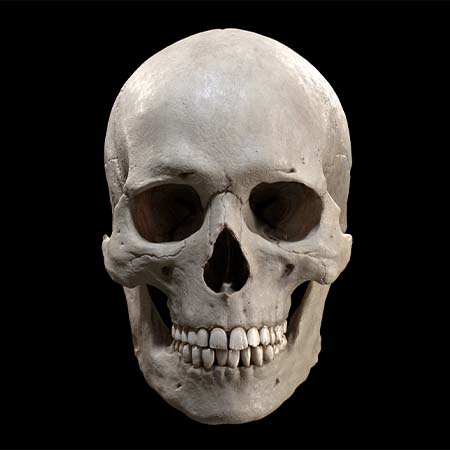
{9} CLOUD 1
{10} CLOUD 2
{11} SKELETON
{12} FOOT
{13} RIBCAGE
{14} SKULL

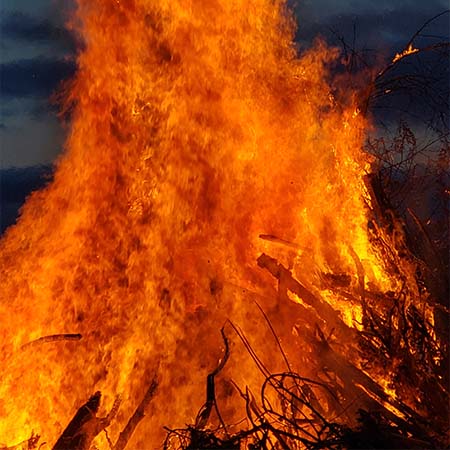

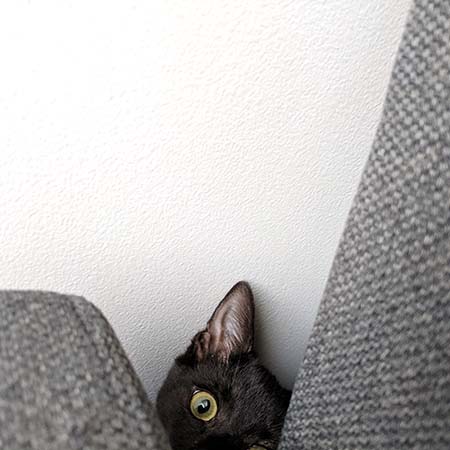
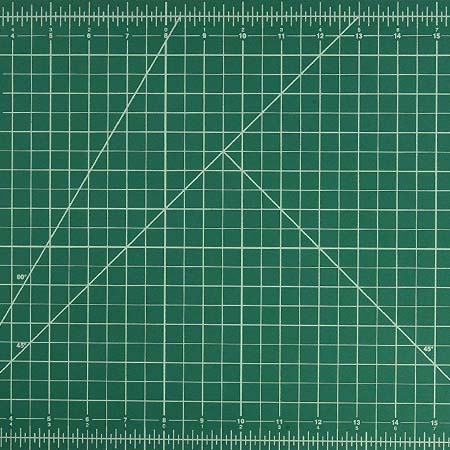
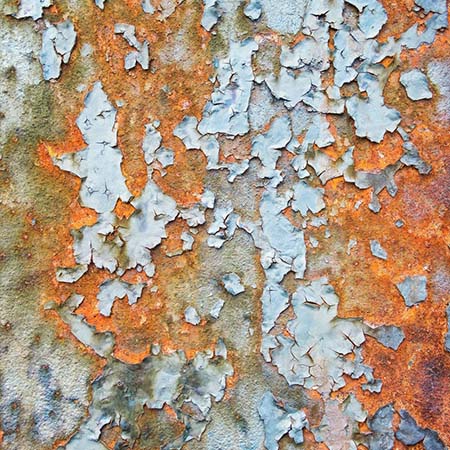
{15} BONFIRE
{16} FLAMES
{17} SPARKS
{e} PEEKING CAT
{18} CUTTING MAT
{f} PEELING PAINT
Process
An aspect of working digitally that I adore is the facilitation of rapid ideation and quick exports for check-ins and critique. I embraced this capability early on in my experimentation with the program, and the in-process exports I’ve kept on hand further demonstrate my design process and continual pursuit of feedback. This spread contains all of my ideation, including my final submission for the course. I’ve since revisited the piece for minor refinements to address some issues that had to be left as-is due to time constraints.
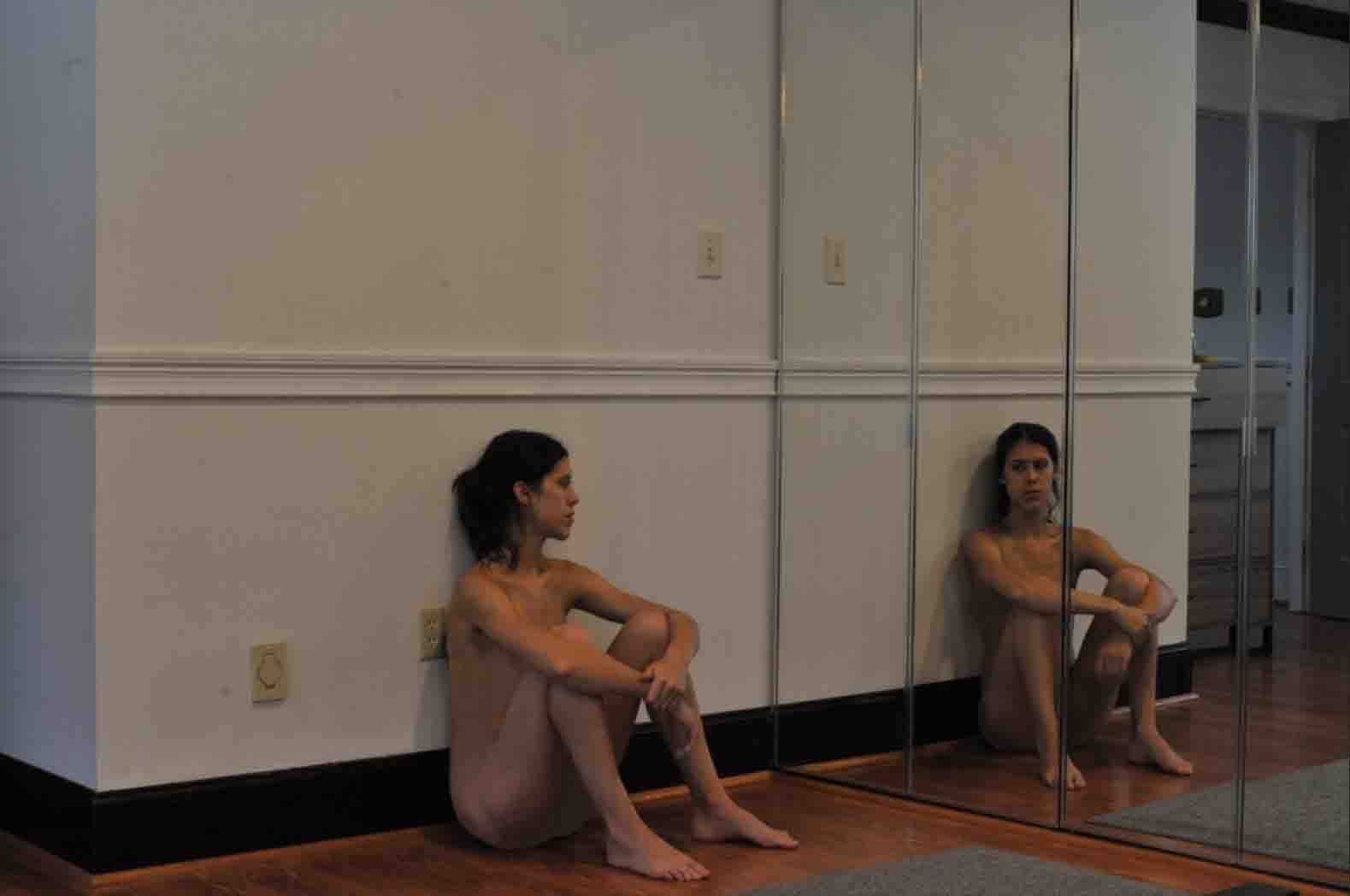
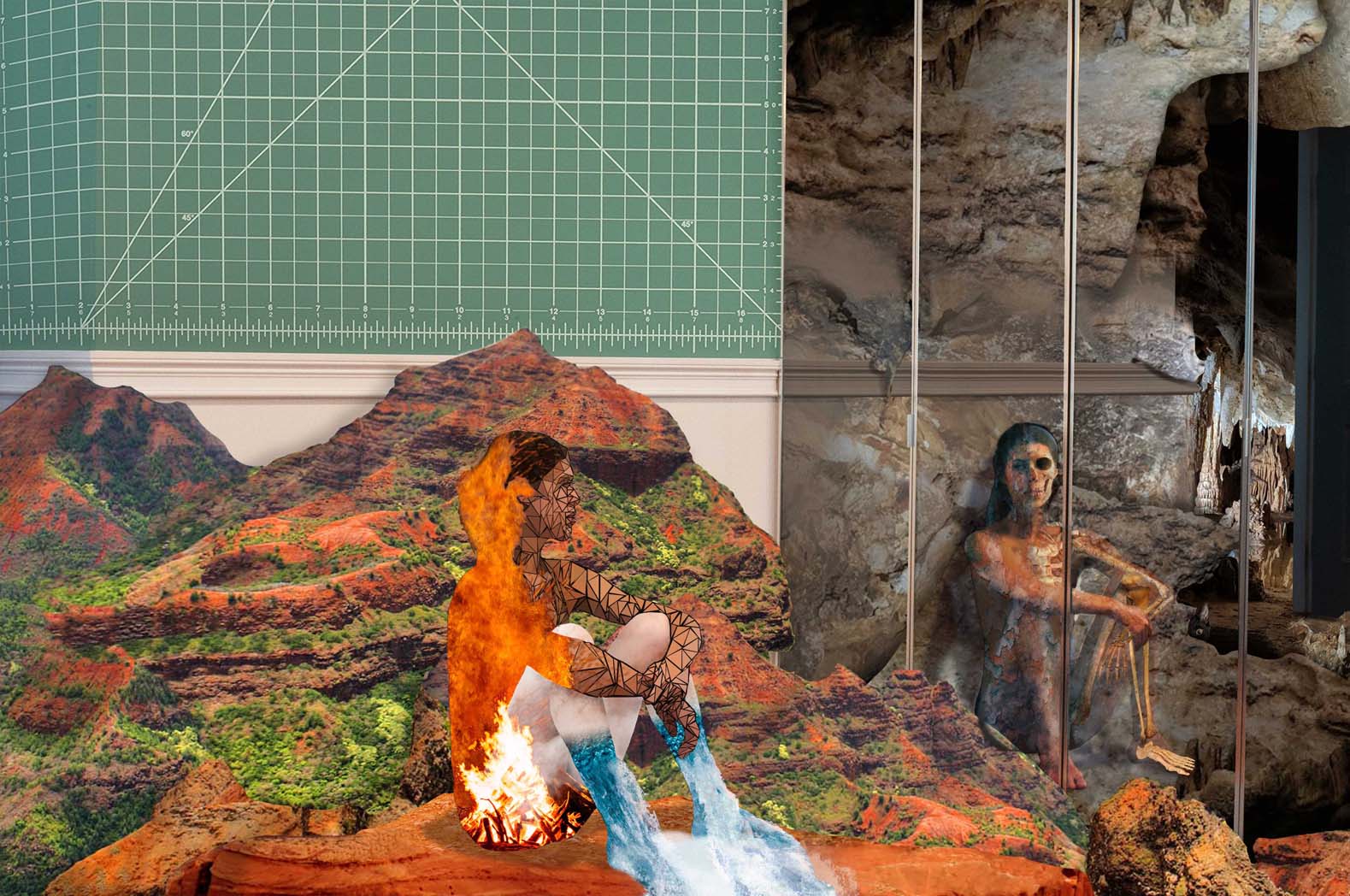
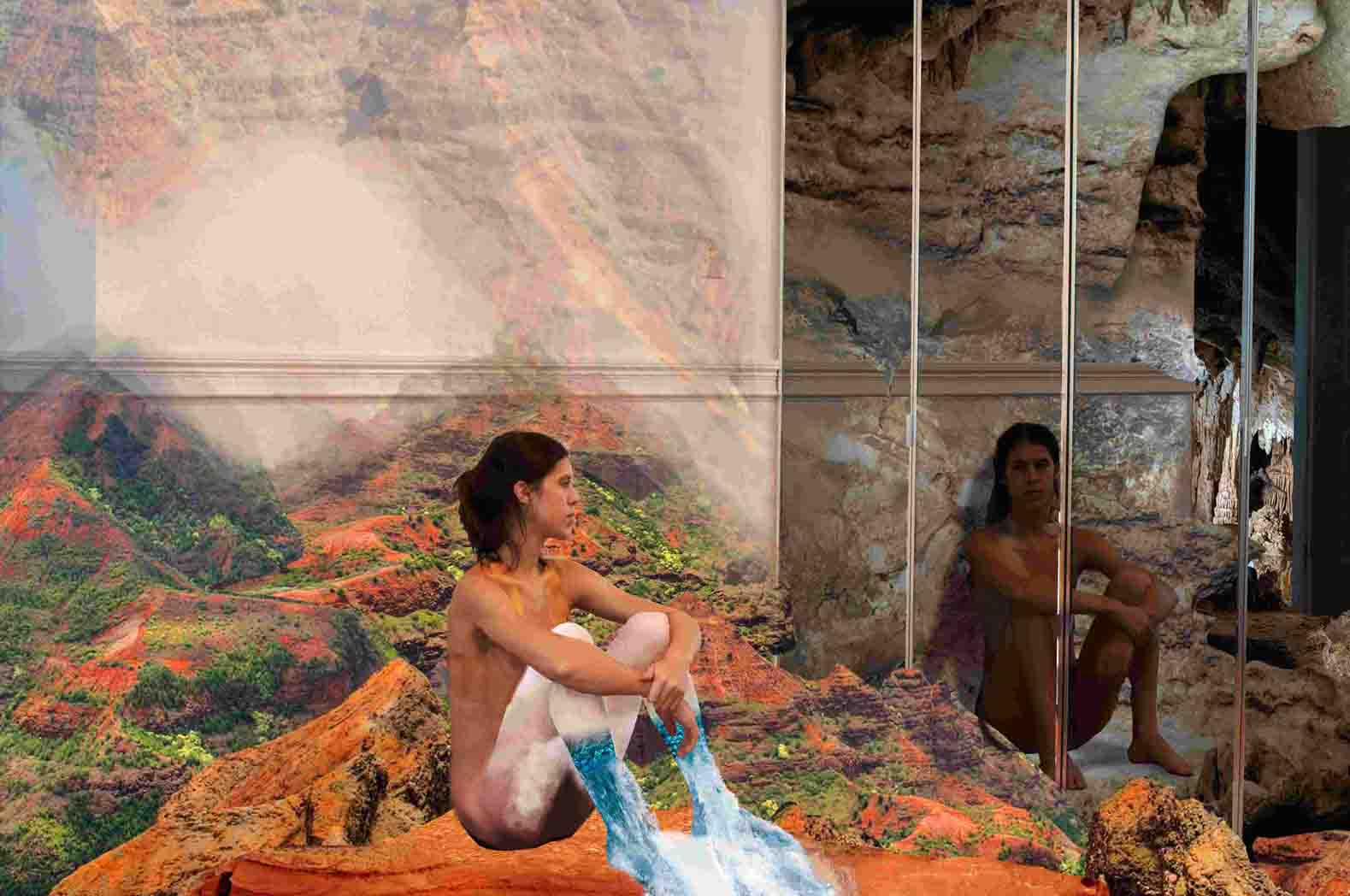
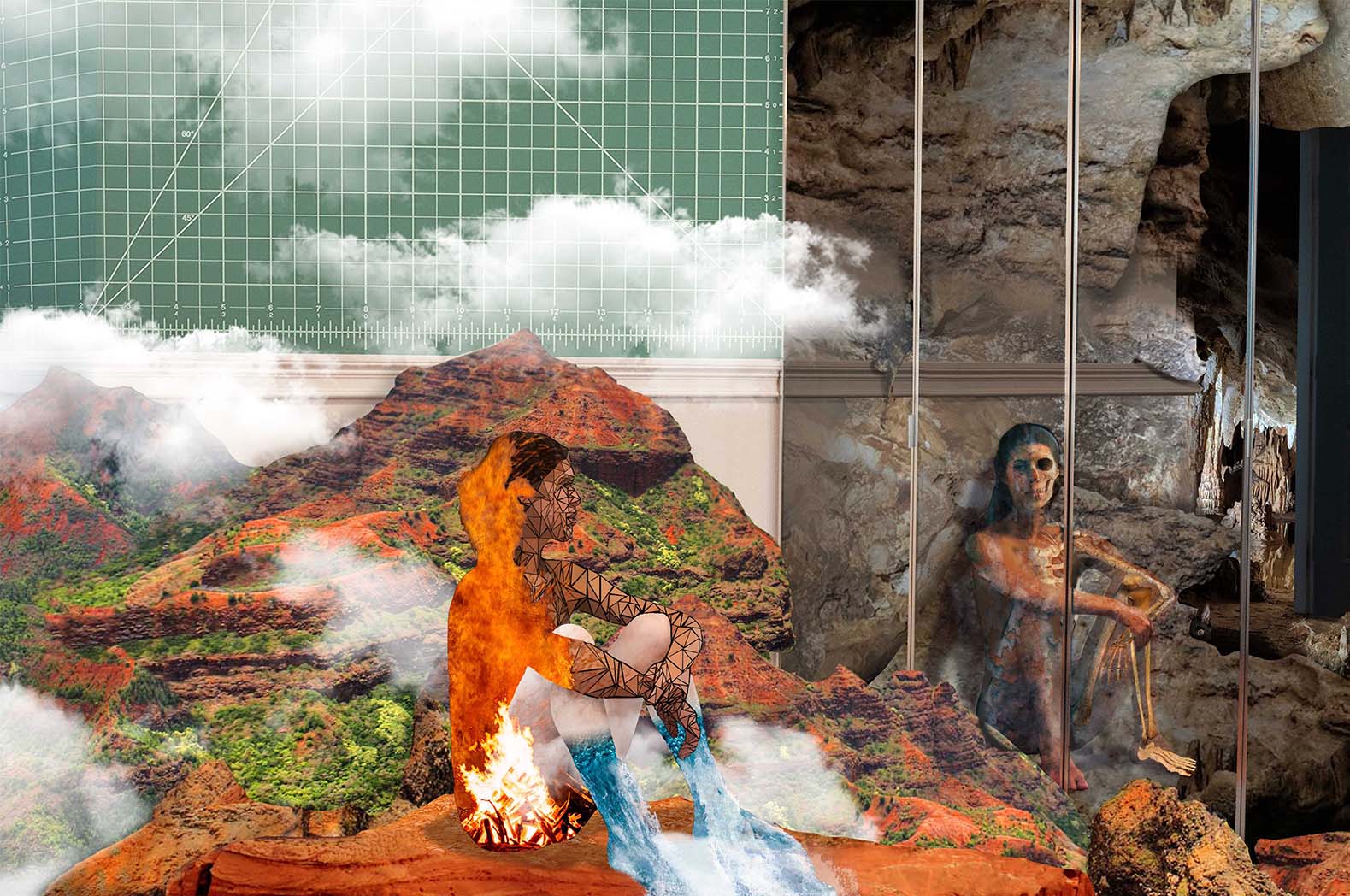
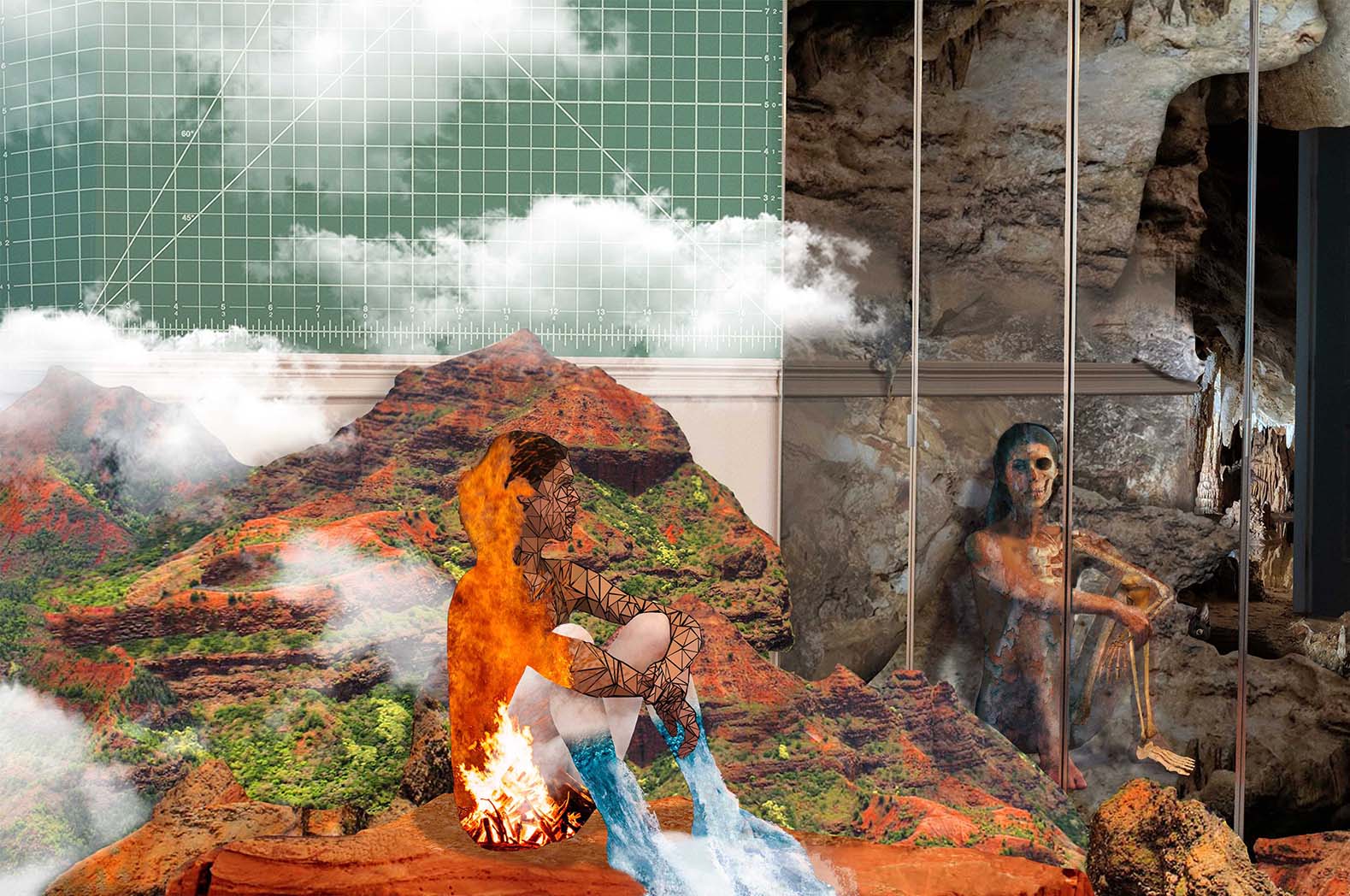
The Final Composition

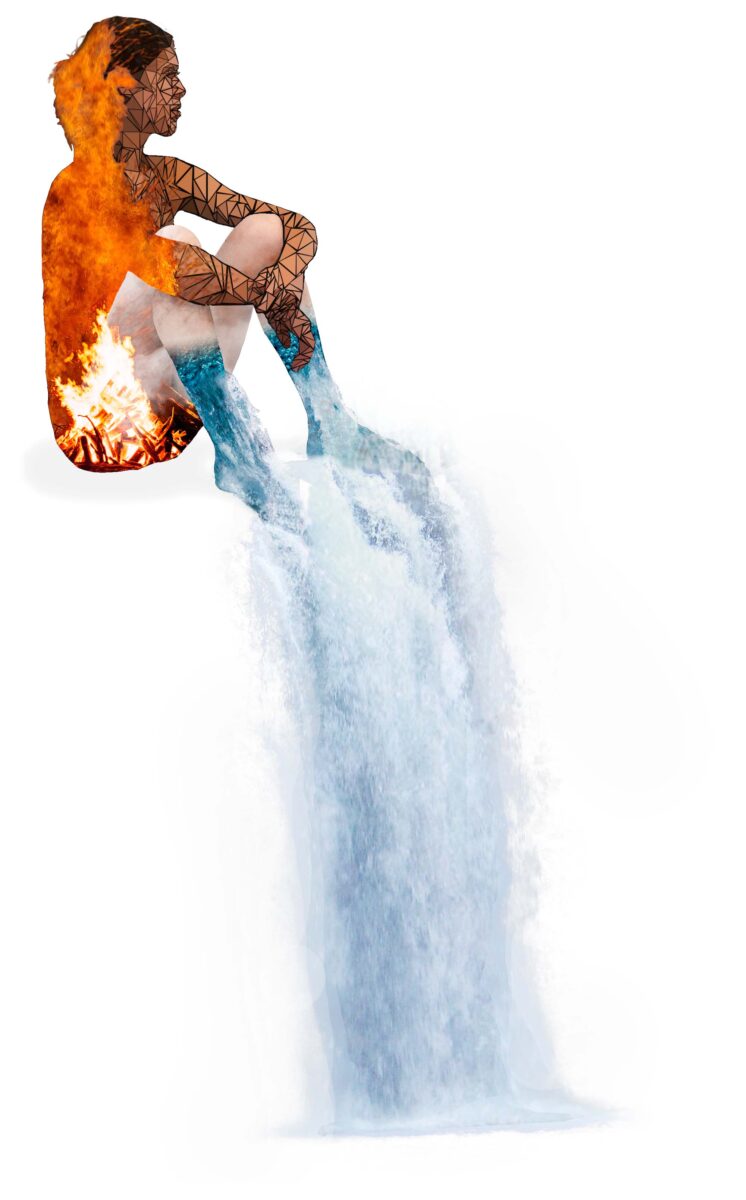
Image Citations
{a} Base Image for Self-Portrait, approx. Sep 20 2019 @ 08:12 EST
{b} Luray Caverns Rock Formation, Jun 14, 2019 @ 12:30 GMT-04:00
{c} Luray Caverns Stalactites, Jun 14, 2019 @ 12:38 GMT-04:00
{d} Luray Caverns Reflecting Pool, Jun 14, 2019 @ 12:18 GMT-04:00
{1} Waimea Canyon, destination360.com
{2} “Sunrise in Hunts Mesa” by Elena_suvorova
{3} “Tara, Montenegro” by novak.elcic
{4} Wochenendhaus Račić, vikendi.com
{5} Waterfall, Yosemite Mariposa County Tourism Bureau
{6} “Fumaca” multarte.com.br
{7} Fog, freepicsartpng.blogspot.com
{8} Dark water bubbles by Elizabeth Explores on Unsplash (lost)
{9} Cloud, photoshop-kopona.com
{10} “Angle Symmetry Point Pattern Line Cloud” freepngclipart.com
{11} “3D Rendering Human Skeleton on White” by photosvac
{12} “Skeletal Foot Anatomy” by alexmit
{13} “Human Skeleton” by Joe Zheng
{14} “3d render of Human skull” by Maryam
{15} Bonfire by CHUTTERSNAP on Unsplash
{16} “Bonfire at Lincolnville Beach” by Ursa . on Unsplash
{17} “Dunedin sparks” by Krystle van der Salm on Unsplash
{e} Peeking Cat, Dec 11, 2018 @ 14:01 GMT-05:00
{18} “Alvin Self-Healing Cutting Mat” bookstores.umn.edu
{f} Peeling Paint, provided by course instructor
